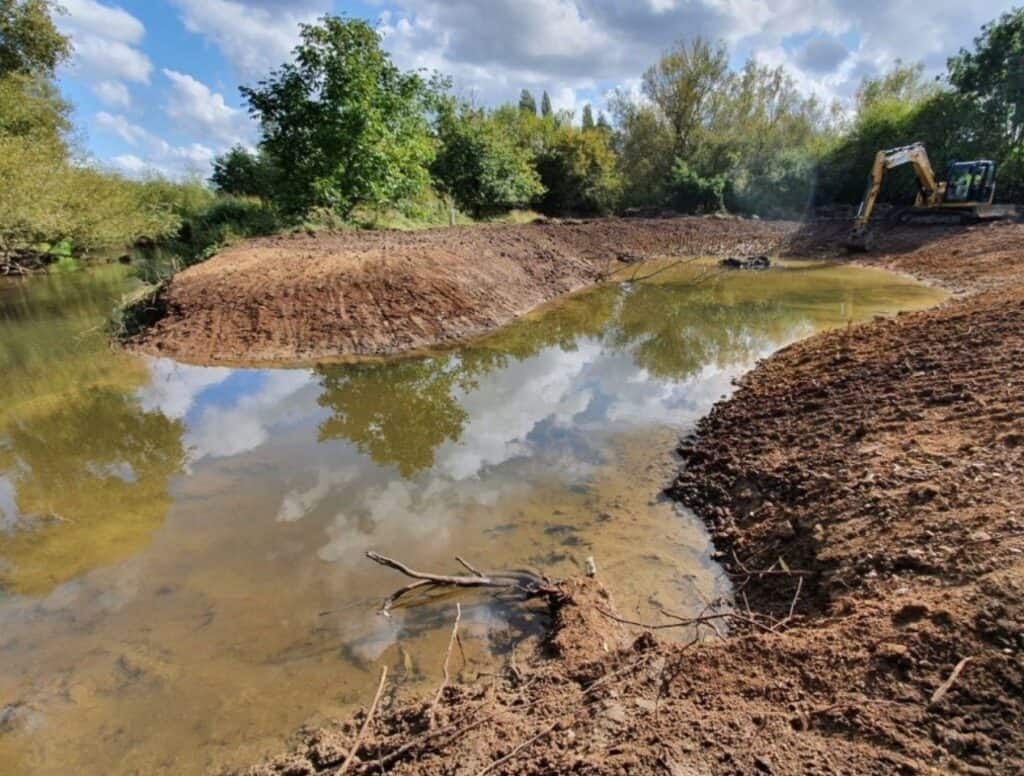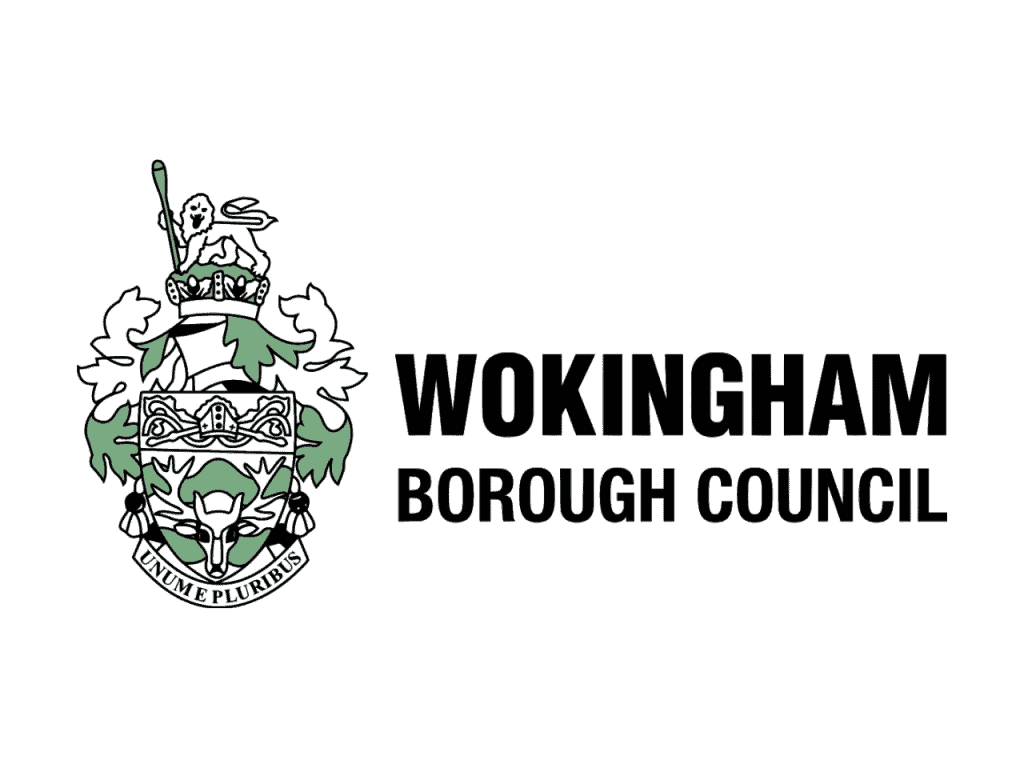Return visits during Loddon Rivers Week
Since the backwater was completed in 2020, we have returned during two subsequent Loddon Rivers Weeks, the annual celebration of the wider river network, held in early autumn.
During the first, with the help of volunteers from LFCC, we installed nearly 500 native plants to stabilise the banks of the backwater. We also put in two tonnes of gravel to provide potential spawning habitat, and LFCC carried out a fish survey, finding more than 100 individual fish.
During a site visit in Loddon Rivers Week 2022, it was evident that the whole area was settling down, with a diverse plant life becoming established on the banks. Unfortunately, this was accompanied by significant numbers of the non-native invasive species Himalayan Balsam, which destabilises and overshadows river banks, preventing growth of more native plants.
The backwater itself had near 100% coverage of what appeared to be Great Duckweed, the UK’s largest species. This was probably the result of the summer’s lengthy period of high temperatures causing low flows.
Nevertheless, a sweep of a net through part of the backwater produced a diverse catch of nearly 100 small fish, including 39 perch, 19 minnow, plus chub, stickleback and perch, showing that the back.



